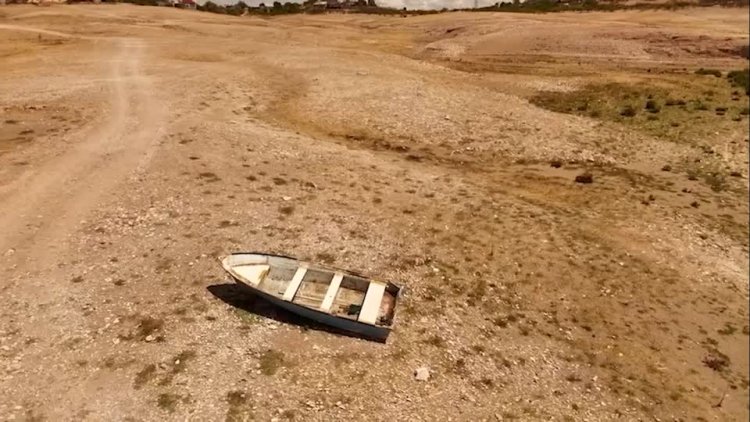Mexico under pressure on U.S. water debt

Mexico faces mounting pressure to address its water debt to the United States under the 1944 treaty that governs water sharing between the nations. With the current five-year cycle ending in October, Mexico has delivered less than 30% of the required 1.75 million acre-feet from the Rio Grande, creating tension that could potentially spill into broader trade negotiations with the Trump administration.
Mexican officials are hurriedly developing plans to increase water deliveries amid concerns that President Trump might link the water dispute to ongoing trade discussions. This comes at a particularly challenging time as Mexico's President Claudia Sheinbaum is already navigating complex negotiations over tariffs imposed by the U.S.
Mexico attributes its shortfall to a historic drought fueled by climate change, a circumstance for which the treaty provides flexibility by allowing debts to roll over to the next five-year cycle. However, Texas Republicans have rejected this explanation, accusing Mexico of chronically neglecting its obligations.
The water dispute has intensified both internationally and domestically. In March, the U.S. took the unprecedented step of denying Mexico's request for emergency water delivery to Tijuana from the Colorado River, citing Mexico's failure to meet its treaty obligations. Within Mexico, the prospect of increased water transfers to the U.S. has ignited fierce opposition from northern states and agricultural communities, who are protective of their limited water resources.
Mexican authorities have reportedly agreed to send 122,000 acre-feet of water to the U.S. and are working to deliver an additional 81,000 acre-feet. Even with these efforts, Mexico would still have delivered less than 40% of its treaty obligation.
As the October deadline approaches, Mexico must balance international obligations with domestic water needs, while navigating the complex political landscape of U.S.-Mexico relations.















